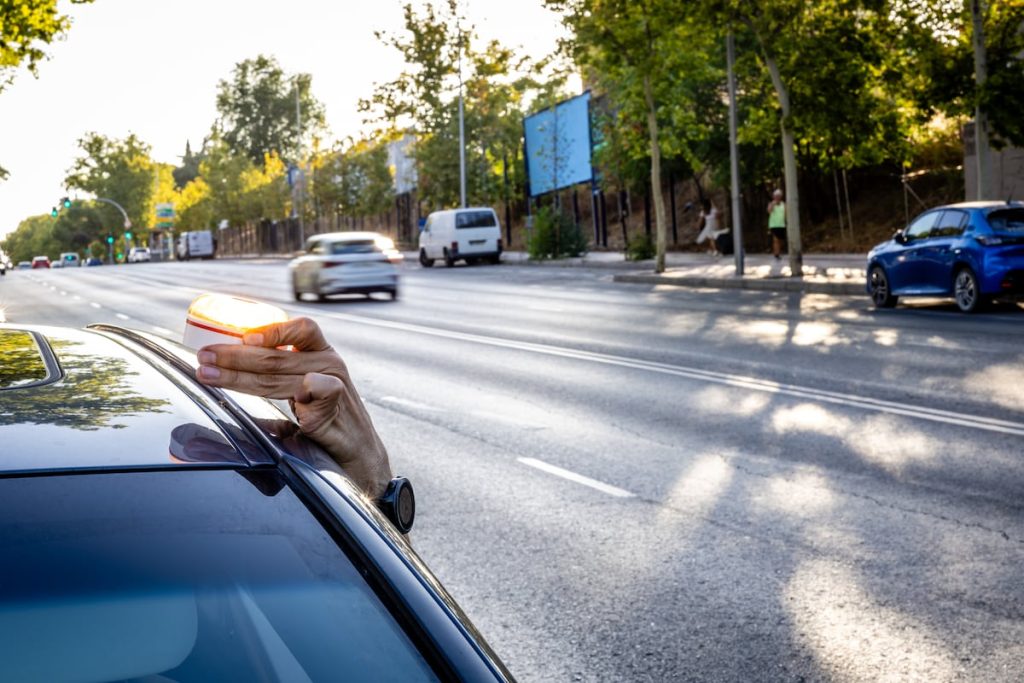The Directorate General of Traffic (DGT) has decided to eliminate the requirement of placing warning triangles on highways and expressways as of July 1st, 2023 due to the increase in fatal accidents involving drivers who were hit while placing them. Instead, they have introduced V-16 yellow lights that can be placed on the vehicle roof with a simple extension of the arm from the driver’s seat. The issue now lies with these lighting devices as many of the ones being purchased lack a SIM card and are not connected to digital platforms that receive the alert signal and transmit it to other users and the Civil Guard. As of January 1st, 2026, it will be mandatory for these lights to be connected.
Most drivers are purchasing these yellow lights in large stores or online on major distribution portals where the price can even be below one euro, excluding shipping costs. Advertisements claim these lights are DGT approved, however, the reality is different. The DGT website lists the 47 models that currently have approval, which must meet specific requirements such as emitting a high-intensity 360-degree light intermittently and continuously for at least 30 minutes. They must also have a visibility range of at least one kilometer even in adverse weather conditions. The issue lies in connectivity, as many of the models currently being sold lack a SIM card necessary for communication with the DGT 3.0 program.
The connected lights will be mandatory by January 1st, 2026, until then both warning triangles and V-16 lights can be used interchangeably. However, after this date, only the V-16 lights will be permitted. The concern is that many devices currently being purchased may not be usable after a year, leading to a potential increase in demand as the deadline approaches. The DGT has advised public entities and companies to include the provision of these devices in their vehicle procurement contracts. The cost of an approved V-16 light ranges around 50 euros and they must have minimum 12-year connectivity availability, with no additional fees for the service.
Spain is a pioneer in using the V-16 lights, which were first adopted by the towing sector due to the risks they face during roadside assistance operations. Around 11,000 vehicles engage in rescue operations daily, highlighting the danger they face. It is recommended to keep the V-16 light easily accessible to the driver, such as in the glove compartment or door pocket, so it can be activated quickly in case of an emergency. By pressing a button, the light will begin flashing and connect to the DGT 3.0 platform, transmitting the vehicle’s location in real time to alert other drivers, before turning off when the issue is resolved.
The decision to remove warning triangles was made after an increasing number of fatal accidents involving drivers trying to place them. The use of V-16 lights aims to enhance safety and visibility for stranded vehicles on the road, contributing to preventing accidents and providing timely information to other drivers. While the cost of an approved V-16 light may be higher, it is an essential safety measure that can save lives. The connectivity of these lights with the DGT 3.0 program ensures accurate and immediate dissemination of information to other road users, improving overall road safety.















